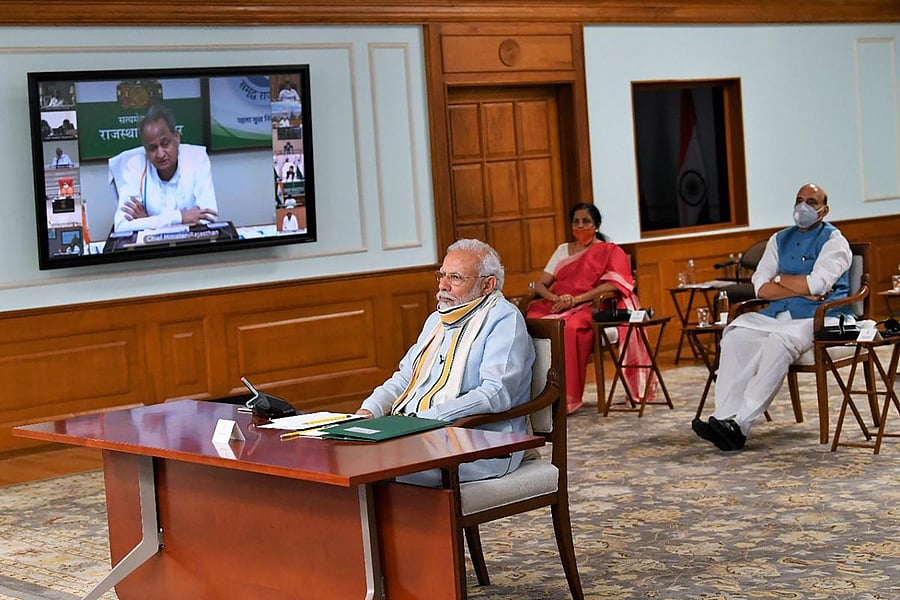
As the nation approaches the end of the third phase of the extended lockdown on May 17, decisions about its continuance, relaxation or lifting are becoming more and more challenging. It was fairly easy to decide that the lockdown had to be continued after the first phase, later the decisions became more difficult as a host of interlinked factors had to be taken into consideration. The impact of the lockdown on the economy as a whole and the livelihood and income of people and the increasing realisation that the virus is not going to go away soon are factors that are gaining greater importance and consideration. Prime Minister Narendra Modi’s meeting with the chief ministers on Monday was again an occasion for the states to present their views on whether or how the lockdown should continue. There were different views depending on the situation in different states, and that was only to be expected as the incidence of Covid-19 and its impact has been different in different states.
It is certain that the lockdown will continue in some form, but it will vary from state to state and district to district. The Prime Minister himself indicated this when he said that “the measures needed in the first phase of lockdown were not needed during the second phase and similarly the measures needed in the third phase are not needed in the fourth’’. Restrictions like a night curfew and curbs on public transport may continue in areas designated as red zones but there are bound to be more relaxations in other areas. The Prime Minister has asked states to send in their suggestions for changes in the existing rules by May 15, and that means that a final decision will be taken only by the next day. This should rightly be so because the situation is changing from day to day in most places.
While there should be more relaxations because the need for opening up the economy is becoming more urgent, even this is not simple. While production may be based in a green or orange zone, raw materials or labour may have to come from a red zone. Lives in cities may be organised in ways different from the way infections have spread. Implementation may be complicated by the unpredictability of human behaviour. Rural areas have to be protected from infection. Most importantly, states should be given more powers to take decisions in their areas, and the Centre’s guidelines should be flexible enough to accommodate the states’ different needs.
